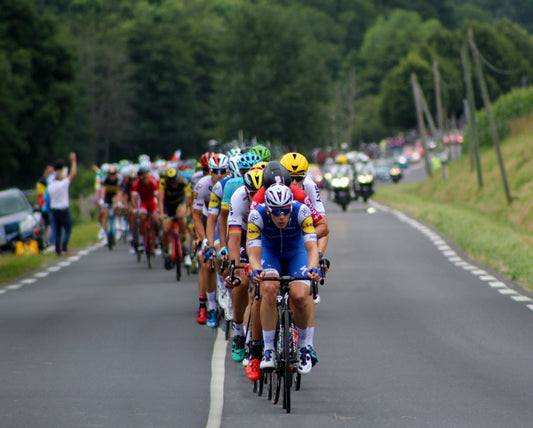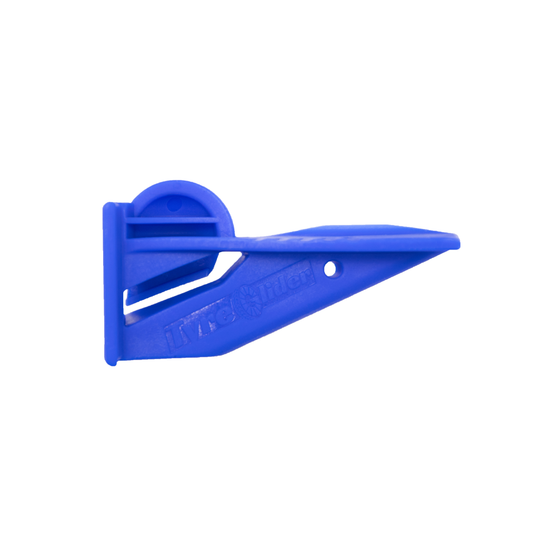TRUN-dul BUG
noun, slang
Trundle Bug is a nickname for a cyclist that is riding slower than the group.
Example usage: That cyclist is a real Trundle Bug, they're holding us all up!
Most used in: Europe, particularly in the UK and Ireland.
Most used by: Road cyclists, particularly in group rides.
Popularity: 8/10
Comedy Value: 9/10
What is a Trundle Bug?
A trundle bug is a term used to describe a cyclist who rides at a slow, leisurely pace. The term is often used in a derogatory way to refer to someone who is not a serious cyclist.
Trundle bugs typically ride at a pace of 10 to 15 miles per hour and are often content to take in the scenery while they ride. They are not interested in pushing themselves to ride faster or further than they are comfortable with.
Trundle bugs are often seen in large cycling groups, as they can keep up with the group without feeling too much pressure. According to a survey conducted by the National Bicycle Dealers Association, about 70% of cyclists in the United States consider themselves to be trundle bugs.
Trundle bugs are an important part of the cycling community and should not be looked down upon. They may be content to ride slowly, but they still enjoy the outdoors and the feeling of freedom that comes with cycling.
.The History of the Cycling Term 'Trundle Bug'
The cycling term 'Trundle Bug' is believed to have originated in the United States in the late 1800s. It was a slang term used to describe the practice of riding a bicycle with a third wheel attached, which was often a child's tricycle.
The term was used to describe the activity of riding a bicycle that had a tricycle attached to the back. This was a popular way for children to ride bicycles with their parents or siblings, as the extra wheel allowed them to keep up with the adults. The term was also used to describe a bicycle that was modified with a third wheel for carrying goods.
By the early 1900s, the term 'Trundle Bug' had become a popular way of describing a three-wheeled bicycle. It was also used to describe the activity of riding a bicycle with a tricycle attached. The term is still in use today, although it is not as widely used as it once was.












